Welcome back, enthusiasts! Today, we’re delving into the intricate world of Square D motor starters. This essential component plays a crucial role in various applications, and understanding its parts, identification, and functions is key for anyone working with electrical systems. In this comprehensive guide, we’ll walk you through the different components and their identification and shed light on each part’s pivotal role in the motor starter’s operation.
Unveiling the Motor Starter
Let’s start by exposing the internal workings of the Square D motor starter. Two screws secure the cover in place, concealing a wealth of information. The label inside reveals essential details such as the size (in this case, an 85), voltage, current, and other pertinent information crucial for understanding the motor starter’s specifications.
Identifying the Core: The Coil
Once the cover is removed, our attention turns to the coil, a vital part denoted by its label featuring voltage and part number information. The coil houses the armature and serves as the catalyst for the motor starter’s functionality. When a control circuit is activated, a magnetic field is generated in the coil, compelling the armature forward. The armature, functioning as an electromagnet, is integral to the motor starter’s mechanical operation.
Deconstructing the Armature
The armature, a steel block accompanying the coil, is a pivotal component. Its interaction with a hook mechanism is central to the motor starter’s operation. As the control circuit is energized, the armature’s magnetic field pulls the hook forward, initiating a cascading mechanical action.
Understanding the Mechanical Action
As the armature engages, it pulls a hook connected to the top section of the motor starter. This top section, labeled with ‘got front,’ is responsible for initiating the movement of three sets of contacts within the starter. Two screws secure this top section in place.
Bridge Connections: The Contact Points
Within the motor starter, three sets of contacts correspond to the three phases – A, B, and C. When the mechanical action occurs, these contacts bridge the gap, establishing a connection between the upper and lower sections of the starter. This seamless connection allows electrical power to flow through the motor starter.
Tracing the Power Flow
Once the contacts are engaged, power flows down into copper pieces, ultimately reaching the overload block. This critical block houses overload heaters designed to protect the motor starter from excessive current. Each overload heater, with a unique part number, acts as a safeguard for individual power phases.
Overload Protection: The Reset Mechanism
The overload block features a reset mechanism with a small spring-triggered switch. In the event of a fault, the overload heater’s trigger flexes, activating the switch. This, in turn, interrupts the power flow, protecting the circuit from potential damage. Understanding this reset mechanism is crucial for comprehending how the motor starter safeguards itself.
Our journey through the Square D motor starter has unveiled the intricacies of its parts and their functions. From the coil and armature to the contact points and overload protection, each component plays a vital role in ensuring the motor starter’s efficiency and safety. Armed with this knowledge, you’re better equipped to comprehend, maintain, and service these essential devices. Stay tuned for future articles to delve deeper into the maintenance and rebuilding aspects of Square D motor starters. Until then, happy exploring!
